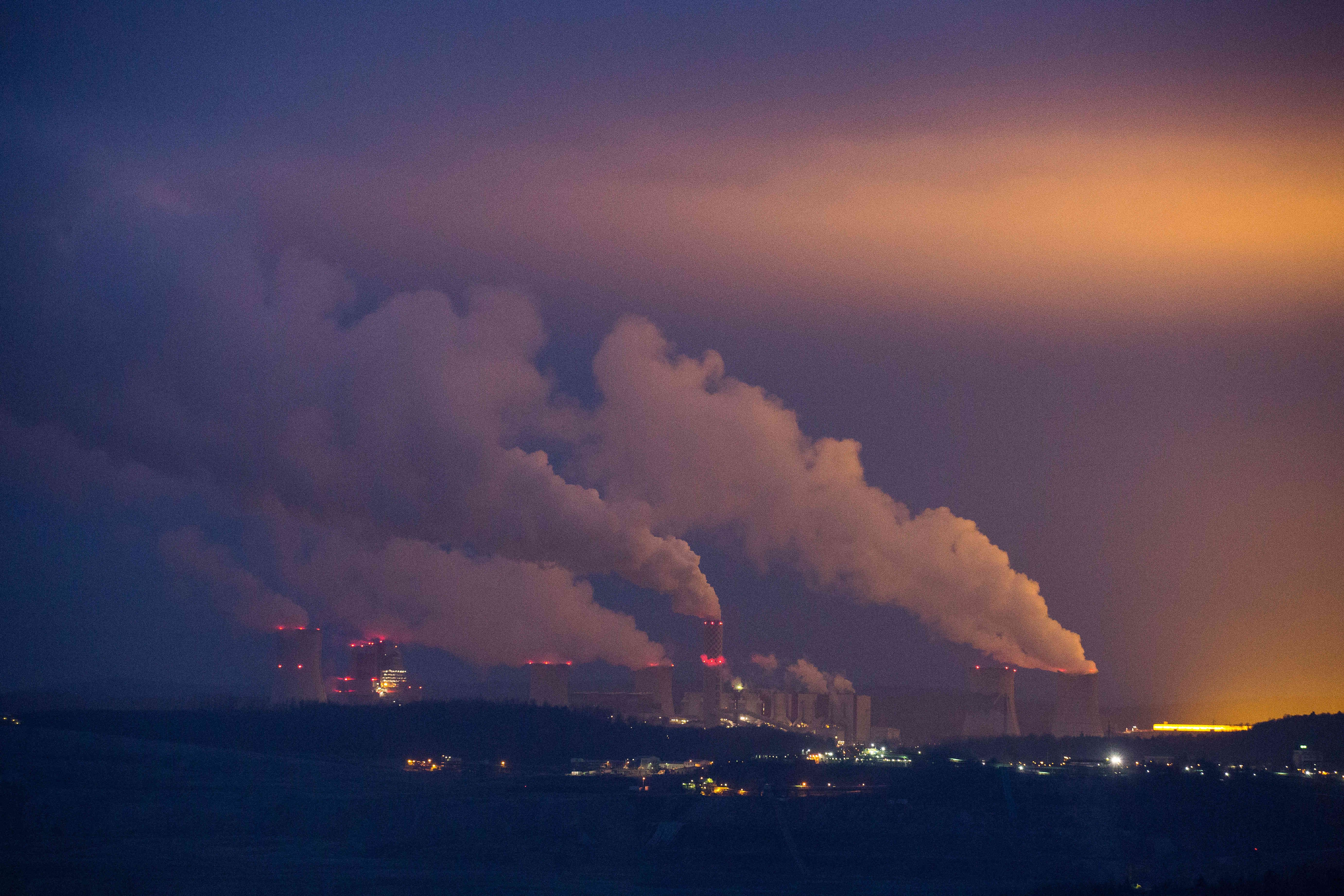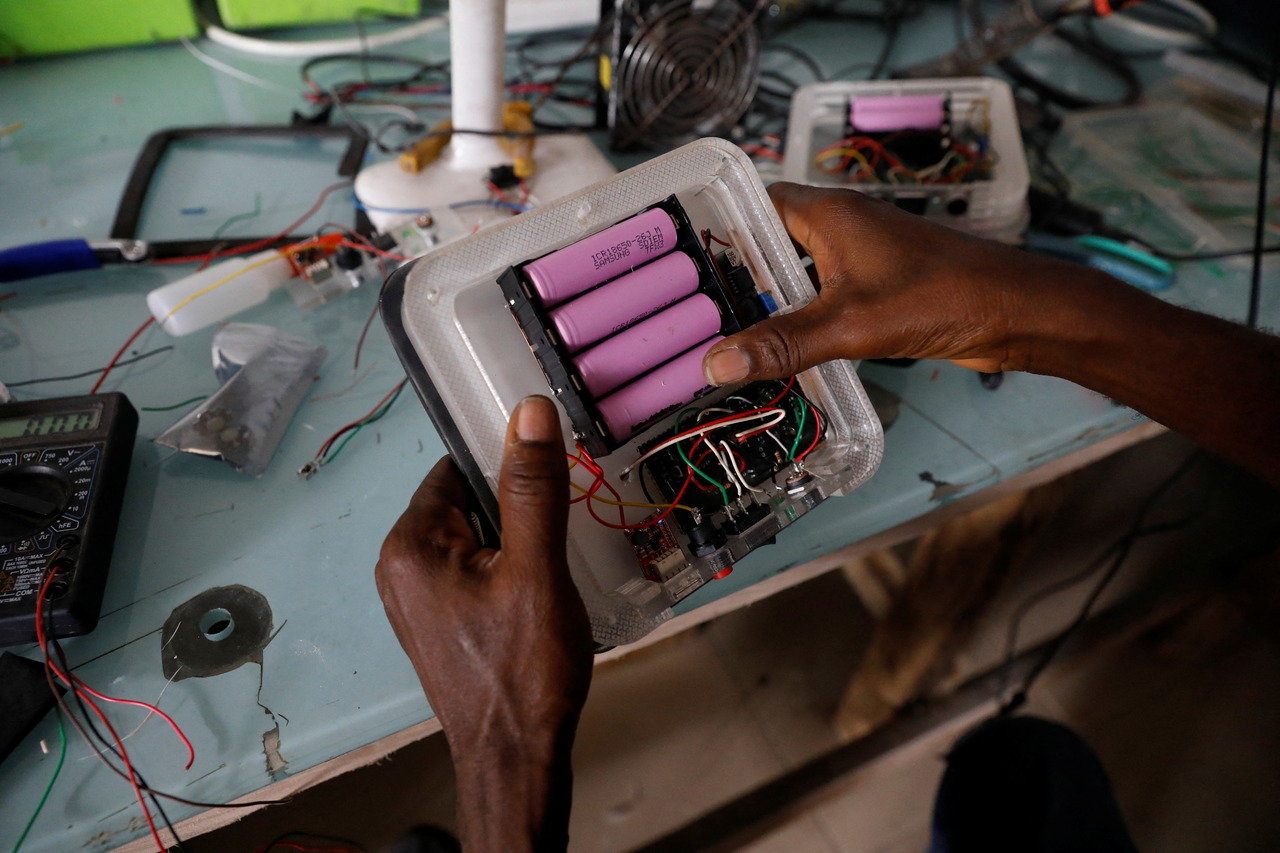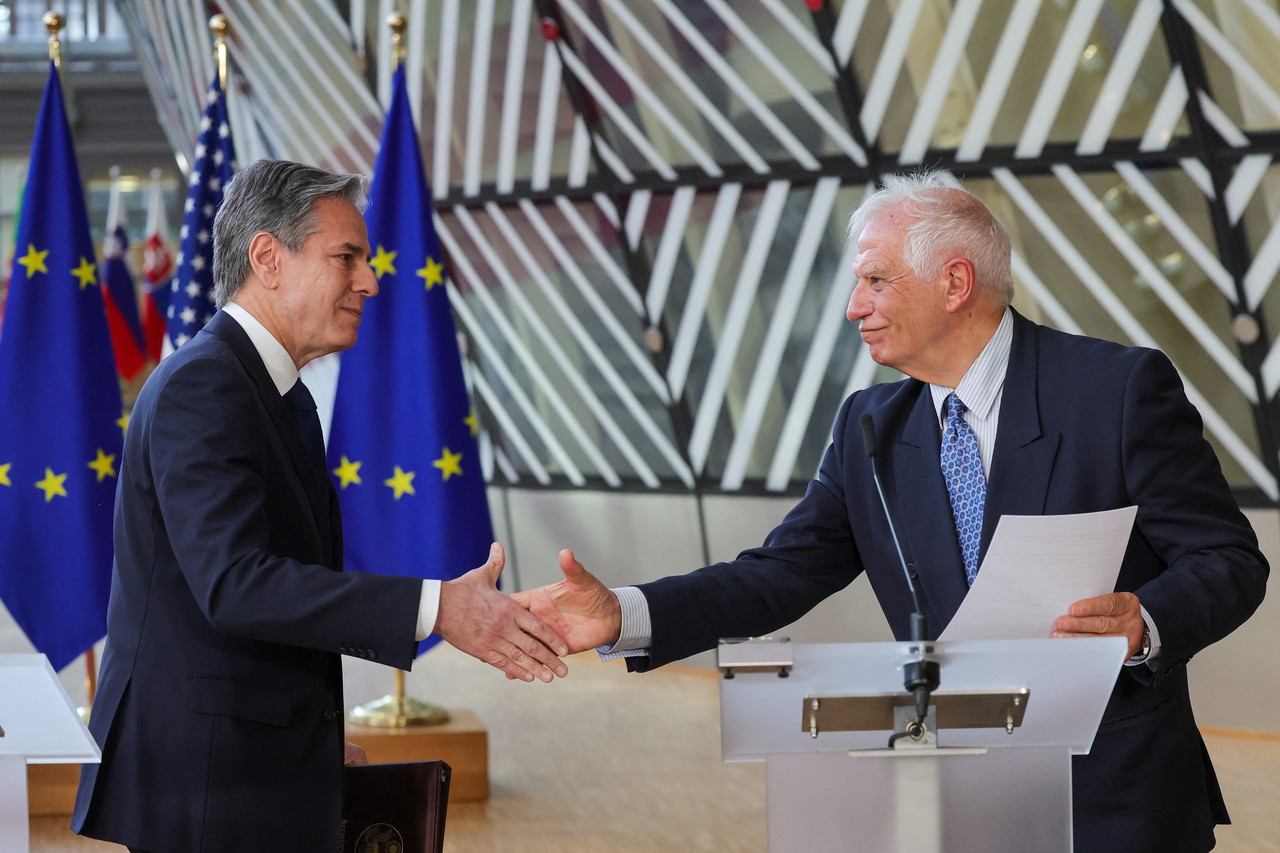Identifying the Missing Links in the Energy Transition
Achieving the goals of the European Green Deal (EGD) requires increasing renewables deployment. Meanwhile, as the share of unstable renewable energy sources increases, so does the problem of ensuring the flexibility of power grids. The key challenge for the European energy system is therefore to expand electricity grids, both national and interstate, and invest in the development of energy storage to ensure a balance of demand and supply.
 Agencja Wschod / Michal Kosc / Forum
Agencja Wschod / Michal Kosc / Forum
The EGD assumes the decarbonisation of the European economy and a shift away from fossil fuels through, among other things, the development of renewable energy sources (RES). According to the March 2022 agreement between the EU Member States with the background of the Russian full-scale invasion of Ukraine, RES is expected to account for at least 42.5% of the European energy mix by 2030. The net-zero emissions scenario by 2050 envisions both massive deployment of renewables, such as solar (photovoltaic) and wind power, and a large increase in overall electricity demand as the economy electrifies. However, the characteristics of renewables as energy sources with limited dispatch, pose additional challenges for EU countries to ensure the flexibility of the electricity system, the largest of which are grid development and energy storage.
Energy Networks
Grids allow energy from various sources (both large-scale units and distributed RES) to be integrated into the system and then transmitted and distributed to end users, ultimately throughout the EU due to the communitarisation of the electricity market. In order to maintain the EU’s 50 Hz frequency and thus system stability, the amount of electricity fed into the grid must always be equal to the amount of electricity consumed (ignoring transmission losses) otherwise there will be a system failure, a blackout.
In the past, when power generation occurred mainly in centrally dispatched generating units (e.g., coal-fired power plants), supply management was more predictable. Now, with the green transition and technological advances, additional factors are affecting grid operations, including the amount of weather-dependent energy (e.g., solar or wind) entering the system on the supply side, and the growing use of energy-intensive equipment (e.g., electric cars or heat pumps) on the demand side. Consequently, the system must be flexible to balance supply and demand at different times. Ageing transmission infrastructure (about a third of the grid in the EU is estimated to be over 40 years old) and limited availability of raw materials (e.g., copper) for new power lines are also significant challenges. This has resulted in record stress on power grids in recent years. Due to their inefficiency, the number of delays and refusals to connect new RES installations are increasing in many countries. The problem is also clearly visible in Poland—last year, distribution grid operators reported to the Energy Regulatory Office 7,000 refusals to issue connection conditions for a total capacity of 51 GW.
According to the European Commission (EC), between 2020 and 2030 alone, investment in the electricity grid (especially distribution) is expected to amount to nearly €600 billion, and a significant portion of this—€170 billion—will be allocated to digitisation and automation (smart grids and use of the Internet of Things). This is to ensure increased system flexibility through smart management of all connected entities. For example, already more than 56% of consumers in the EU are equipped with smart energy meters to analyse demand (in Poland, this percentage will be 15% by the end of 2023). Technological innovations must be accompanied by legal solutions, such as those concerning the construction of direct lines between the producer and consumer of energy, as well as cable pooling for connections such as hybrid RES installations (e.g., complementary windmills and solar panels). This solution is already in operation in the Netherlands, Spain, Portugal, Denmark, and other members.
The EU is also betting on increasing cooperation in the expansion of interconnections within the framework of the Trans-European Energy Networks (TEN-E) policy and the Association of European Transmission System Operators (ENTSO-E). Such investments are being made, among others, as part of the Projects of Community Importance (PCI) or the Connecting Europe Facility. They allow, among other things, the connection of isolated areas (connecting Ireland to France by 2026) or synchronisation of systems (connecting the Baltic countries to the Polish grid by 2025), and enable ongoing response to needs (e.g., in April 2022, France, which is a net energy exporter, had to bail out Germany due to nuclear power plant shutdowns). In the era of intensive development of RES, cross-border lines have become a key element in maintaining the security of energy supply in the EU because they allow the transmission of electricity from regions with high or excess production to areas affected by shortages.
Energy Storage
The importance of energy storage development is increasing with the integration of new RES generation. Energy storage systems make it possible to postpone the consumption of electricity or heat over time. Electricity storage is usually done chemically (e.g., lead-acid batteries or lithium-ion batteries) or mechanically (e.g., pumped hydroelectric energy storage). Thermal energy storage systems, on the other hand, include technologies such as hot water tanks and more advanced ones that rely on increasing density (such as molten salts, used in concentrating solar energy). The problem is that modern solutions often do not yet meet the needs of industrial scale, and their supply chains are still uncertain. For example, market disruptions and competition from manufacturers have driven up the cost of key minerals used in battery production, especially lithium. In contrast, traditional energy storage solutions, particularly pumped hydroelectric energy storage facilities, involve significant environmental interference.
Energy storage in the EU is also growing rapidly (2.8 GW of new industrial-scale energy storage coming online in 2022, which is in addition to about 60 GW in 2022, already in operation mainly in the form of pumped hydroelectric energy storage). In addition, the EC estimates that 200 GW of energy storage capacity will be built by 2030 (and 600 GW by 2050). Poland also plans to develop large-scale storage projects. For example, the PGE group plans to build storage units with a total capacity of at least 800 MW by 2030, and the battery energy storage facility it is building in Żarnowiec (with a capacity of more than 200 MW and a capacity of more than 820 MWh) is expected to be the largest installation of its kind in Europe to date.
Energy storage technologies can facilitate the electrification of specific sectors of the economy, especially buildings and transportation. Through the proliferation of electric vehicles, the potential for their contribution to balancing the electricity grid increases, (e.g., by absorbing surplus electricity during periods of high RES generation and low RES demand. The energy stored in EV batteries can also be effectively used to help stabilise the grid, such as powering homes.
Conclusions and Recommendations
Replacement of fossil sources and electrification of the economy must be accompanied by extensive efforts to increase the flexibility of the electricity system through the development of grids and energy storage facilities to ensure energy security and balance the energy system. In order to manage the demand side more efficiently, it is necessary to raise awareness among consumers of their role in stabilising the energy system. At the same time, the EU and its individual members are involved in a new technological race, where access to raw materials that support the transition (e.g., rare earth metals, copper, aluminium) is crucial. In this context, EU legislative actions (the Net Zero Industry Act and the Critical Raw Materials Regulations) are important. This involves the development of smart supply and demand management, as well as the resilience of the energy system to cybersecurity threats. It is also important that the electricity plans of the EGD do not result in higher prices and tariffs for consumers, which should be watched over by regulators. Poland faces the same challenges, but also opportunities, especially in view of the expansion of power generation in the north of the country (and connections for nuclear and offshore wind), as well as competence in battery production.



.png)






.jpg)